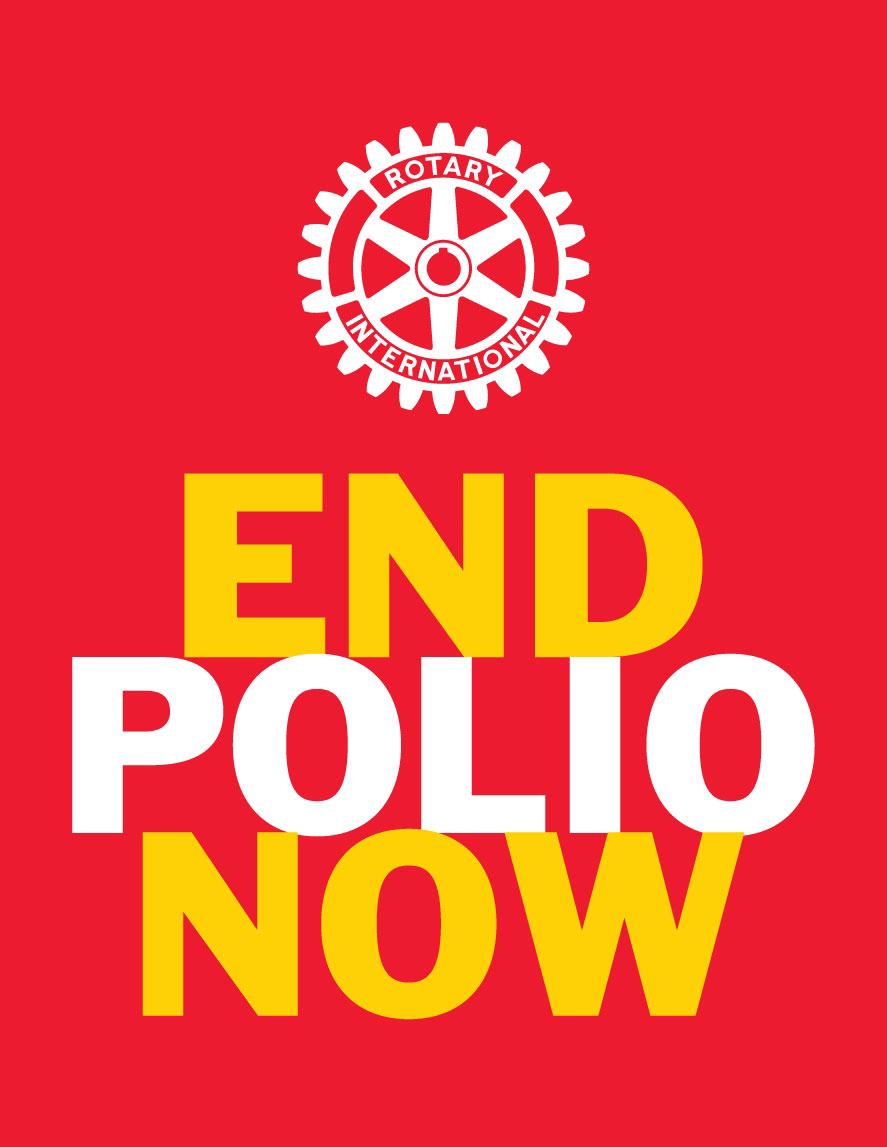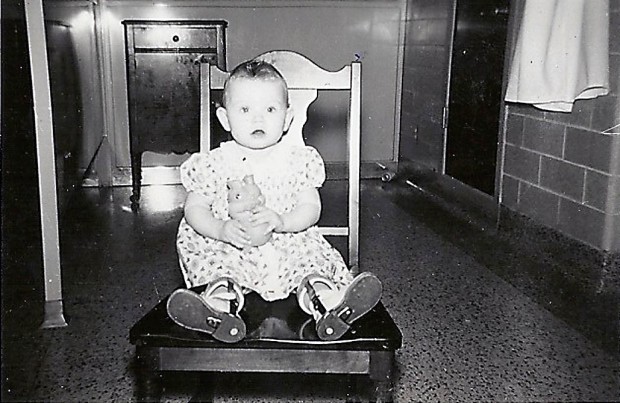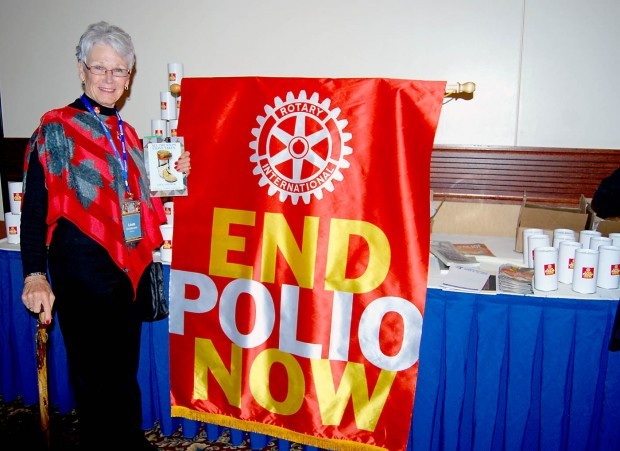Polio Plus
DID YOU KNOW???????


In October 1914, Jonas Salk was born – a man who would change world history by inventing the first effective vaccine against polio. When the vaccine was introduced in the United States in the 1950s, polls indicated that polio was one of the nation's two greatest fears, second only to the fear of atomic war. And with good reason: In the 1952 U.S. polio epidemic, 58,000 cases were reported, with 3,145 deaths and 21,269 instances of permanent, disabling paralysis. Globally, polio paralyzed or killed up to half a million people every year.
Soon after the Salk vaccine was created, Albert Sabin developed an oral version, allowing tremendous numbers of children to be immunized quickly, safely, and inexpensively. In 1985, Rotary's PolioPlus program was born, with a simple goal: to immunize every child under age five against this crippling disease. Thanks in large part to the initial success of PolioPlus, in 1988 the 166 member states of the World Health Assembly unanimously set the goal of global polio eradication.
At the time, the idea was breathtakingly ambitious, and many called it impossible. Today, we are closer to this goal than ever before, with only a few hundred cases of polio reported per year, and just three remaining endemic countries. We are on track to achieve full eradication by 2018 – if we can keep up the momentum that has brought us this far.
And this month, we will mark World Polio Day on 24 October, and celebrate the 100th anniversary of Dr. Salk's birth.
I ask you all to Light Up Rotary this month by doing whatever you can to shine a spotlight on our efforts to eradicate polio. Call your government officials and let them know that polio eradication matters to you. Go to endpolionow.org for inspiring stories about Rotary's work, and share them on social media. And make the best investment you'll ever make, by donating to polio eradication right on the endpolionow.org website and earning a two-to-one match on your contribution from the Bill & Melinda Gates Foundation.
When we eradicate polio – and we will – we'll have brought the world into a better future, and Rotary into a better future as well. We will have proved ourselves, as an organization, capable of great things. And we will have given our children and grandchildren a gift that will endure forever: a polio-free world.
GARY C.K. HUANG
President 2014-15
All the steps I have taken since polio
By Linda L. Christianson, polio survivor
 I was stricken with polio at the age of 7 months. From 1948 to 1953 the disease crippled 250,000 children a year. There was no vaccine to protect me from the virus at the time. My young parents took me to St. Mary’s Hospital, in Rochester, Minnesota, on 1 October, 1948.
I was stricken with polio at the age of 7 months. From 1948 to 1953 the disease crippled 250,000 children a year. There was no vaccine to protect me from the virus at the time. My young parents took me to St. Mary’s Hospital, in Rochester, Minnesota, on 1 October, 1948.
That would become my home for the next 14 months. Fortunately, my three-year-old sister did not become affected by the virus. In many families several children would be stricken. The vaccine became available to children and adults in 1953. After many years of corrective surgery to help with my mobility, I was finally without brace and crutch-free as a sophomore in high school. For the next 20 years, I would complete my professional training, fall in love, become a wife and be blessed to mother three wonderful children.
Now, many years later, I am happy to say that I have successfully accomplished far more than I ever dreamed back then. Those childhood days are simply a memory. Post-polio syndrome has caused me to slow down somewhat, and the use of a brace, crutches, and cane are back to help with my mobility. But I have been blessed with a wonderful family to care for.
I will be visiting classrooms in Minnesota, where I live, on World Polio Day 24 October, and speaking to a Rotary Club in Farmington on 30 October. I love to share my story, because if it reaches just one person to motivate them to make a difference, it is wonderful.
When I visit classrooms to talk to children, I take all the braces I wore as a child. They range in size and have metal and leather braces attached to the shoes. They are all very worn, as I received a new pair of shoes every year. The braces would be adjusted to my changing needs and to fit the shoes. I explain how the braces were made, what different materials were available, and how we were able to pick designs to decorate the braces – like spiderman or a princess. The children are always very interested in the braces.
In the United States, polio may be a memory. But in other parts of the world — like Afghanistan, Nigeria, and Pakistan where transmission of the virus has never been halted — it is very much more. And until we rid the world of polio, it remains a threat to children everywhere. Will you help us?
 About the Author: Linda Christianson grew up on a family farm in the Midwest. Contracting polio as an infant, she learned how to live with the disease and carve out a productive life. Her Memoir, "All The Steps I Have Taken," was published by Inspiring Voices in August 2012. She lives in Blooming Prairie, Minnesota, with her husband, Nolan. They have three children and eight grandchildren. Email her at llcallthesteps@gofast.am
About the Author: Linda Christianson grew up on a family farm in the Midwest. Contracting polio as an infant, she learned how to live with the disease and carve out a productive life. Her Memoir, "All The Steps I Have Taken," was published by Inspiring Voices in August 2012. She lives in Blooming Prairie, Minnesota, with her husband, Nolan. They have three children and eight grandchildren. Email her at llcallthesteps@gofast.am